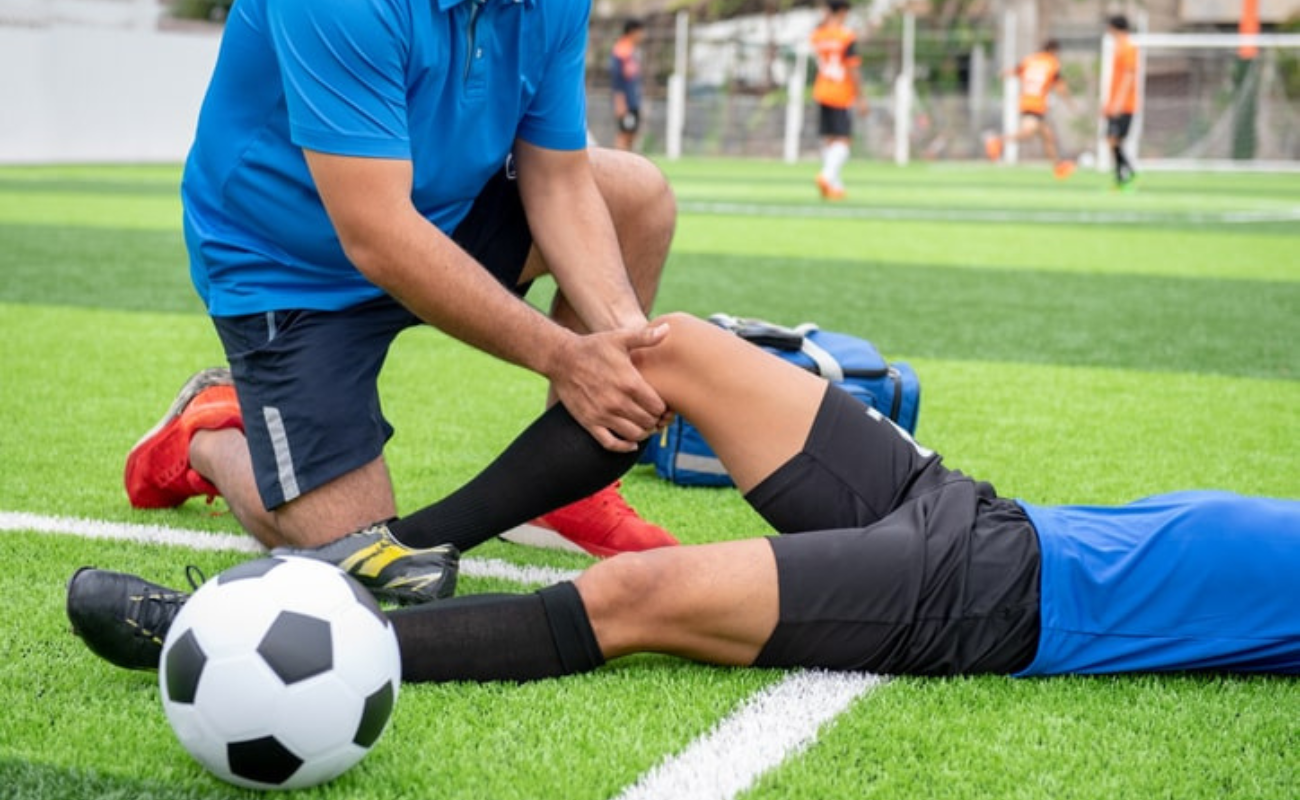The Role of Physical Therapy in Orthopedic Surgery Recovery

September 23, 2023
*Helping You Take Strides Towards a Successful Recovery*
Orthopedic surgeries are pivotal procedures designed to alleviate pain, restore functionality, and improve the quality of life for individuals suffering from musculoskeletal issues. From joint replacements to ligament repairs, these surgeries can bring about transformative changes. However, the journey to full recovery doesn't end on the operating table; it continues through a strategic and tailored physical therapy program. In this article, we will delve into the crucial role that physical therapy plays in orthopedic surgery recovery and how it empowers patients to regain strength, mobility, and independence.
**Understanding the Post-Surgery Landscape**
Following orthopedic surgery, the body undergoes a healing process that involves inflammation reduction, tissue repair, and regaining normal function. While the surgical procedure sets the foundation for recovery, the body's response to surgery and the subsequent rehabilitation regimen significantly impact the outcome. This is where physical therapy emerges as a pivotal player.
**Header: Rehabilitation Begins with the First Step**
**The Bridge Between Surgery and Recovery**
Physical therapy serves as the bridge connecting the surgical intervention and the patient's return to an active lifestyle. The overarching goal of physical therapy in orthopedic surgery recovery is to maximize the patient's functional capacity, alleviate pain, and expedite the healing process. A personalized rehabilitation plan is designed to cater to the patient's specific needs, taking into account the type of surgery, individual health factors, and the patient's pre-operative level of physical activity.
**Header: Tailoring the Path to Your Needs**
**A Customized Approach**
One of the hallmarks of successful orthopedic surgery recovery lies in a personalized approach to physical therapy. Every patient's journey is unique, and this individuality extends to the rehabilitation process. Physical therapists collaborate closely with surgeons to develop a rehabilitation plan that targets the patient's unique challenges and goals.
**Header: Restoring Motion and Mobility**
**Regaining Range of Motion**
One of the initial focuses of physical therapy post-orthopedic surgery is the restoration of range of motion. Surgery and subsequent immobilization can lead to stiffness in joints, which may hinder daily activities. Physical therapists employ various techniques, such as passive and active exercises, joint mobilizations, and stretching routines, to gradually restore joint flexibility.
**Header: Building Strength, Preventing Atrophy**
**Muscle Strengthening and Preventing Muscle Atrophy**
Surgery and the subsequent period of reduced activity can lead to muscle weakness and atrophy. Physical therapy employs progressive resistance exercises to help rebuild muscle strength. These exercises are tailored to target the specific muscles affected by the surgery, ensuring balanced recovery and reducing the risk of compensatory movements that could lead to further issues.
**Header: Gait Training for Proper Movement**
**Walking Tall: Gait Training**
The ability to walk without pain or discomfort is a crucial aspect of recovery. Gait training is a key component of orthopedic surgery rehabilitation, helping patients regain a normal walking pattern. Physical therapists analyze the patient's gait and identify abnormalities or compensations. They then design exercises to improve posture, balance, and stride, which collectively aid in preventing future orthopedic issues.
**Header: Pain Management and Scar Tissue Mitigation**
**Alleviating Pain and Minimizing Scar Tissue**
Post-surgery pain and scar tissue formation are common concerns. Physical therapists utilize modalities like ice, heat, electrical stimulation, and manual techniques to manage pain and reduce swelling. Additionally, they implement strategies to minimize scar tissue formation, promoting optimal healing and preventing adhesions that could impede movement.
**Header: Propelling Progress with Patient Education**
**Empowering Through Education**
Physical therapy is not just about hands-on treatments; it's also about empowering patients to take control of their recovery. Physical therapists educate patients about their condition, the healing process, and the rationale behind each exercise. This knowledge equips patients with the understanding they need to actively participate in their recovery journey.
**Header: Gradual Return to Activities**
**Easing Back into Activities**
As the patient's strength, mobility, and confidence improve, physical therapists guide the transition from rehabilitation exercises to functional activities. This phase involves replicating real-life scenarios, gradually reintroducing patients to the activities they enjoy while ensuring their safety and preventing setbacks.
**Header: The Long-Term Impact**
**Beyond Recovery: Long-Term Benefits**
The impact of physical therapy extends well beyond the immediate recovery phase. A thorough rehabilitation program can significantly reduce the risk of future injuries, enhance overall musculoskeletal health, and improve the patient's quality of life. By addressing imbalances, weaknesses, and faulty movement patterns, physical therapy sets the stage for sustained well-being.
**Header: Your Active Future Awaits**
**Looking Ahead with Confidence**
Orthopedic surgery and the subsequent recovery journey can be daunting, but with the guidance of skilled physical therapists, patients can approach it with confidence. Physical therapy serves as a compass, guiding patients through the intricacies of rehabilitation, helping them regain strength, mobility, and independence. So, as you prepare for your upcoming orthopedic surgery, remember that physical therapy is not just a part of your recovery; it's the key to unlocking a future filled with movement, vitality, and an improved quality of life.
Dr. Kunal Patel and his skilled team specialize in guiding patients through the crucial phase of orthopedic surgery recovery, leveraging their expertise to create personalized physical therapy plans. With a deep understanding of surgical procedures, they ensure a seamless transition from surgery to rehabilitation, focusing on regaining strength, mobility, and overall well-being. Dr. Patel's compassionate care and his team's commitment empower patients to achieve optimal results and embark on a successful journey towards recovery.
